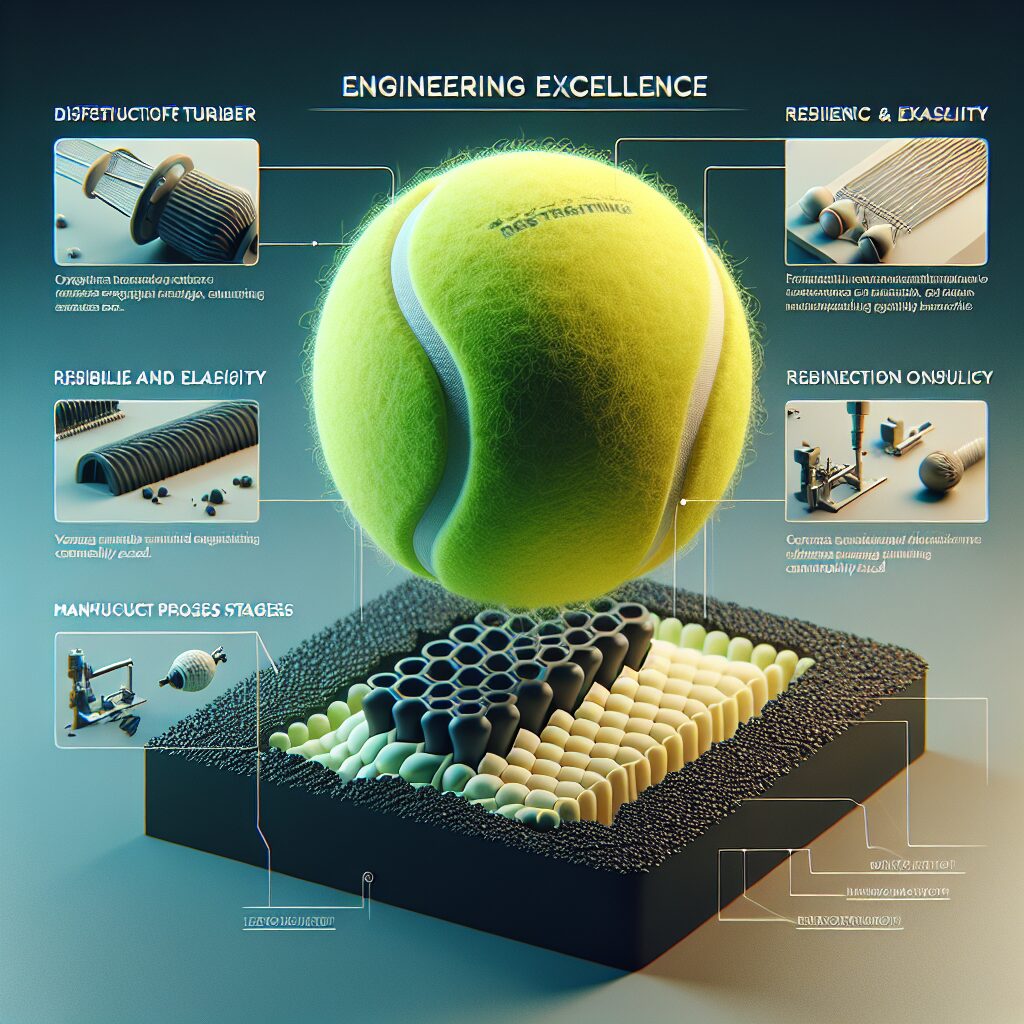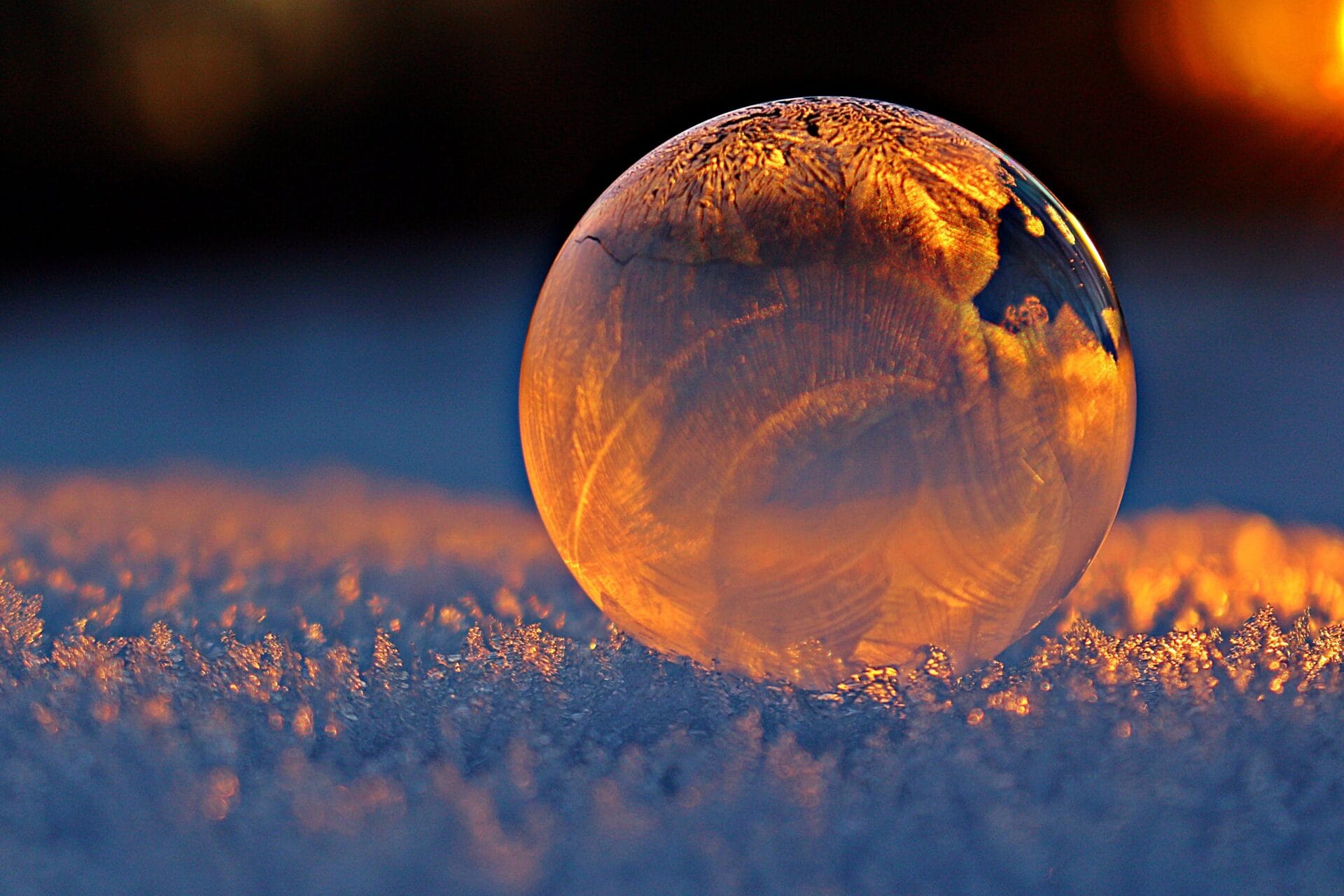Synthetic Rubber in Balls: Engineering Excellence
Synthetic rubber, also known as elastomer, is a man-made polymer that exhibits rubber-like properties. It is produced through the polymerization of various petrochemicals and is widely used in a plethora of applications, including the manufacturing of balls. With its unique properties and engineering excellence, synthetic rubber has revolutionized the world of sports and recreation, enabling the development of high-performance balls that enhance gameplay and performance.
One of the most significant impacts of synthetic rubber in balls is its ability to provide optimal grip and control. Unlike natural rubber, synthetic rubber can be engineered to have specific properties, such as enhanced tackiness and friction. This allows athletes to have a better grip on the ball, enabling precise control and maneuvers. Whether it’s a basketball player driving to the hoop or a tennis player executing a powerful topspin, the quality of the ball’s grip can greatly influence the outcome of the game.
Moving forward, let’s explore the key takeaways of synthetic rubber in balls. We will delve into the different types of synthetic rubbers used, their specific benefits, and the innovation in ball design that has been made possible through the use of synthetic rubber. From increased durability to improved performance, these key takeaways will shed light on the remarkable contributions of synthetic rubber in the realm of sports and recreation. So, let’s dive into the exciting world of synthetic rubber in balls and uncover the engineering excellence behind this game-changing material.
Key Takeaways
1. Synthetic rubber has revolutionized the production of balls, providing enhanced durability, bounce, and performance compared to traditional rubber materials.
2. The development of synthetic rubber has significantly expanded the range of ball sports, enabling the creation of balls for specific uses such as soccer, basketball, and golf.
3. Synthetic rubber offers superior weather resistance and thermal stability, making it ideal for outdoor sports where balls are exposed to harsh elements.
4. The engineering excellence behind synthetic rubber balls involves careful formulation and blending of rubber compounds, combined with advanced manufacturing techniques to achieve consistent quality and performance.
5. Synthetic rubber’s versatility has allowed manufacturers to innovate and create specialized balls with unique features like increased spin, control, and reduced friction, enhancing the overall gameplay experience across various sports.
Why is Synthetic Rubber in Balls Considered an Engineering Excellence?
The Importance of Synthetic Rubber in Ball Manufacturing
Synthetic rubber is widely used in the manufacturing of balls across various sports disciplines. The properties of synthetic rubber make it an engineering excellence in ball construction, providing several advantages over other materials. This section will explore the key reasons why synthetic rubber is considered indispensable in the production of high-quality balls.
Synthetic rubber boasts impressive durability, making it perfect for balls that are subjected to extensive use and impact. This durable material can withstand the demanding conditions of various sports without suffering significant wear and tear. Consequently, balls made with synthetic rubber have a longer lifespan compared to those constructed with alternative materials.
The unique elasticity of synthetic rubber allows balls to possess exceptional bounce characteristics. Whether in games like basketball, tennis, or soccer, the ability of the ball to spring back efficiently is crucial. Synthetic rubber’s elasticity ensures consistent and predictable bounces, providing players with better control over the ball.
For sports such as basketball or volleyball, grip and traction are fundamental to player performance. Synthetic rubber offers an ideal balance between stickiness and smoothness, allowing players to securely handle the ball while maintaining optimum grip. This improved grip ensures better accuracy and reduces the chances of fumbles or slips during gameplay.
Due to its robust composition, synthetic rubber exhibits high resistance to abrasion, making it suitable for outdoor activities where balls are exposed to rough surfaces. Additionally, synthetic rubber is resilient against environmental factors such as extreme temperatures, moisture, and UV rays. This resistance ensures that the performance and integrity of balls made from synthetic rubber remain intact, even in challenging conditions.
Synthetic rubber offers manufacturers the advantage of uniformity in ball production. Its consistent physical properties enable the creation of balls with highly predictable behavior, ensuring fair gameplay across different matches and venues. This reliability in performance is essential to maintain the integrity and standardization of sports.
Guides and Tips for Maximizing the Benefits of Synthetic Rubber in Balls
1. Proper Maintenance
Regularly clean and inspect balls made with synthetic rubber to remove dirt and debris. Proper maintenance will extend their lifespan and preserve their performance qualities.
2. Store in Suitable Conditions
Ensure that synthetic rubber balls are stored in a cool and dry environment, away from direct sunlight. Extreme temperatures can affect the material’s properties and durability.
3. Choose the Right Ball for the Sport
Each sport has specific requirements, including ball size and weight. Select the appropriate ball made with synthetic rubber to ensure optimal performance and compliance with regulations.
4. Replace Worn-Out Balls
Monitor the condition of synthetic rubber balls and replace them when signs of wear and tear are visible. Continuing to use deteriorated balls can negatively impact gameplay and player safety.
5. Quality Assurance
When purchasing balls, opt for reputable brands or manufacturers known for their commitment to excellence. Ensure that the synthetic rubber used meets quality standards and undergoes rigorous testing.
Frequently Asked Questions
1. What is synthetic rubber?
Synthetic rubber is an artificially produced polymer that mimics the properties of natural rubber. It is made through a chemical process by combining various monomers and additives, resulting in a versatile material with exceptional durability and elasticity.
2. Why is synthetic rubber used in balls?
Synthetic rubber is used in balls due to its superior physical characteristics. It offers excellent bounce, resilience, and resistance to wear and tear. Additionally, it can withstand varying temperature conditions, making it suitable for indoor and outdoor activities.
3. Is synthetic rubber safe for the environment?
Yes, synthetic rubber is considered safe for the environment. It is manufactured using sustainable practices and can be recycled or disposed of in an environmentally friendly manner. Furthermore, the production of synthetic rubber has minimal impact on natural resources compared to the extraction of natural rubber.
4. Are synthetic rubber balls more durable than natural rubber balls?
Generally, synthetic rubber balls have higher durability than natural rubber balls. They are designed to withstand extensive use and repeated impacts without losing their shape or performance. This durability ensures that the balls can be used for a longer period, making them a cost-effective choice.
5. Can synthetic rubber balls be used in water?
Yes, synthetic rubber balls can be used both in water and on land. They have water-resistant properties that prevent them from absorbing water, which could affect their performance. Whether you’re playing pool, beach volleyball, or water polo, synthetic rubber balls are a reliable option.
6. Do synthetic rubber balls have the same bounce as natural rubber balls?
Yes, synthetic rubber balls offer a similar bounce to natural rubber balls. Engineers have formulated synthetic rubbers with properties closely resembling those of natural rubber, ensuring that the bounce remains consistent. This allows players to enjoy a consistent and reliable playing experience.
7. Can synthetic rubber balls be used in extreme weather conditions?
Yes, synthetic rubber balls are engineered to perform well in various weather conditions. They can withstand both hot and cold temperatures without compromising their durability or elasticity. This makes them suitable for use in extreme climates or during different seasons.
8. Are there any disadvantages to using synthetic rubber balls?
While synthetic rubber balls have numerous benefits, they do have a few drawbacks. The main disadvantage is that they tend to have a slightly harder feel compared to natural rubber balls. Additionally, some players may prefer the natural scent of rubber, which is absent in synthetic rubber balls.
9. Can synthetic rubber balls be used professionally?
Absolutely! Synthetic rubber balls are widely used in professional sports, including tennis, basketball, and soccer. Manufacturers have tailored their designs to meet the stringent requirements of elite athletes, ensuring optimal performance, consistency, and durability during intense competition.
10. Are synthetic rubber balls more expensive than natural rubber balls?
Synthetic rubber balls generally have a higher upfront cost compared to natural rubber balls. However, their greater durability and longer lifespan make them a more cost-effective choice in the long run. Investing in synthetic rubber balls can save money by reducing the frequency of replacement.
Final Thoughts on Synthetic Rubber in Balls: Engineering Excellence
Synthetic rubber has revolutionized the world of ball engineering, offering unmatched durability and performance. Whether it’s in recreational activities or professional sports, synthetic rubber balls have become the preferred choice for their exceptional bounce, resilience, and longevity. The advancements in synthetic rubber technology have enabled athletes to push their limits and achieve greater levels of precision and skill.
As the demand for high-performance balls continues to grow, engineers are constantly refining synthetic rubber compositions to optimize their properties further. The ongoing pursuit of engineering excellence in synthetic rubber balls ensures that athletes and enthusiasts can continue to enjoy the thrill and excitement of their favorite sports with confidence.




